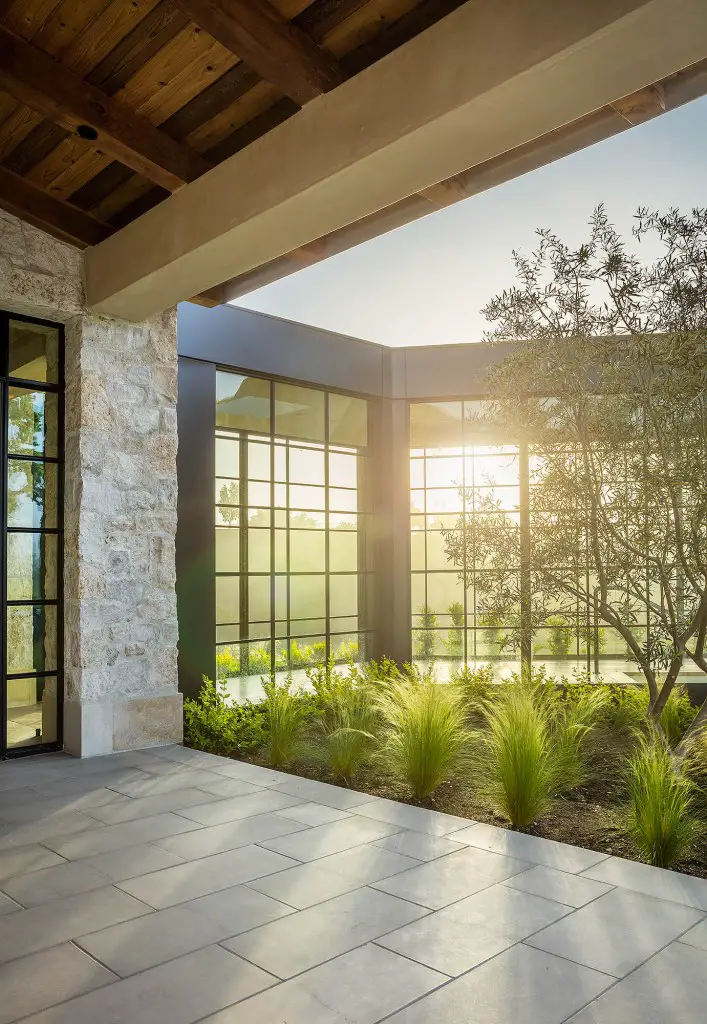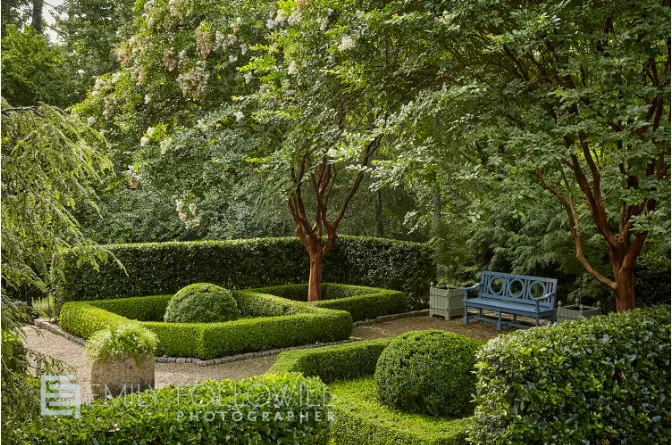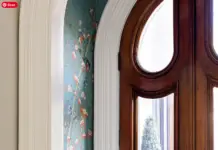While perhaps not as immediately eye-catching or as vital to forming impressions as a well-manicured, vibrant front lawn, a picturesque backyard and garden area is an absolute must for homeowners looking to capture the image of idyllic suburbia. Your guests may be impressed by the outward façade of your home but it’s what’s inside that will blow them away and communicate the message you want to communicate: you’ve stepped through the looking glass into my own slice of paradise. Welcome. Make yourself at home.

Even if your backyard isn’t populated with talking caterpillars, disappearing cats, or plants that grew directly from Tim Burton’s brainstem, you can still transport your guests to a world of your own. Every aspect of your garden’s appearance is entirely under your control, providing for a multitude of customizable options that will most accurately reflect you and the impression you want to give your guests.
No matter which plants you choose, how you choose to organize them, or what kinds of furniture you populate your backyard with, proper maintenance is the heart of any such garden.
Just starting out and unsure of how to keep up your wannabe Wonderland? Never fear: just follow the basic tips below, and you’ll get to growing beautiful plants in no time.
1. Set Up a Regular Watering Schedule

As a general rule, you should expect to give your garden about 2 inches of water once a week. While this may seem too infrequent, especially if you’ve been taught to water your plants more often, watering them often can cause your plants’ roots to grow weaker, needing more resources to remain strong.
That general rule does not account for the size of the plants in your garden or weather conditions, so depending on what you’ve planted and what season you’re in, you should expect to modify your watering schedule accordingly. Larger plants will require more water to stay vibrant, of course, and in the summer, when it’s hot and dry, you can also expect to water more often. Where you’ve placed your plants will also affect how much water they get, as plants in shady areas will typically require less than plants in sunny ones.
2. Keep an Eye Out for Disease
The first and best place to catch a diseased plant is at the supermarket before you purchase it, as planting specimens that already have diseases can spread that contamination to the rest of your garden before you can catch it. Common signs you’ll want to watch for include insect infestations, rotted spots on leaves, and broken/withered stems. You’ll also want to check the overall thickness and healthiness of the roots, making sure they aren’t dark-looking or mushy.
On that note, you’ll also want to adopt some disease mitigation practices to ensure your garden stays healthy. Make sure you consistently prune damaged limbs to avoid infection, use garden-safe repellents to mitigate the threat posed by insects, and try to plant disease-resistant varieties whenever possible.
3. Avoid Using Harmful Chemicals

On the note of insect repellants, there are a number of popular brands that do more harm than good, especially those with the ingredient glyphosate. Glyphosate has been used since the ’70s to control weeds, and it works by suppressing the ability of plants to produce amino acids necessary for growth. The downside of this is that glyphosate is a universal plant killer, and in popular brands like Roundup, it has even been known to directly cause cancer.
Do extensive research on the chemicals you use to take care of your lawn. It’s essential to get rid of weeds and stem insect infestations before they get too extensive, but it’s also critical that the tools you use don’t inflict more harm than good.
The Impact of a Beautiful, Healthy Garden
It takes much, much more than what’s listed here to ensure your garden looks happy and healthy, and there will be a lot of trial and error involved depending on what you plant and where. But if you follow these basic suggestions, you’ll have the foundational knowledge and skills you need to take your backyard from depressingly average to perfectly splendid.
Thanks to rosenfeldinjurylawyers.com for consulting.
























